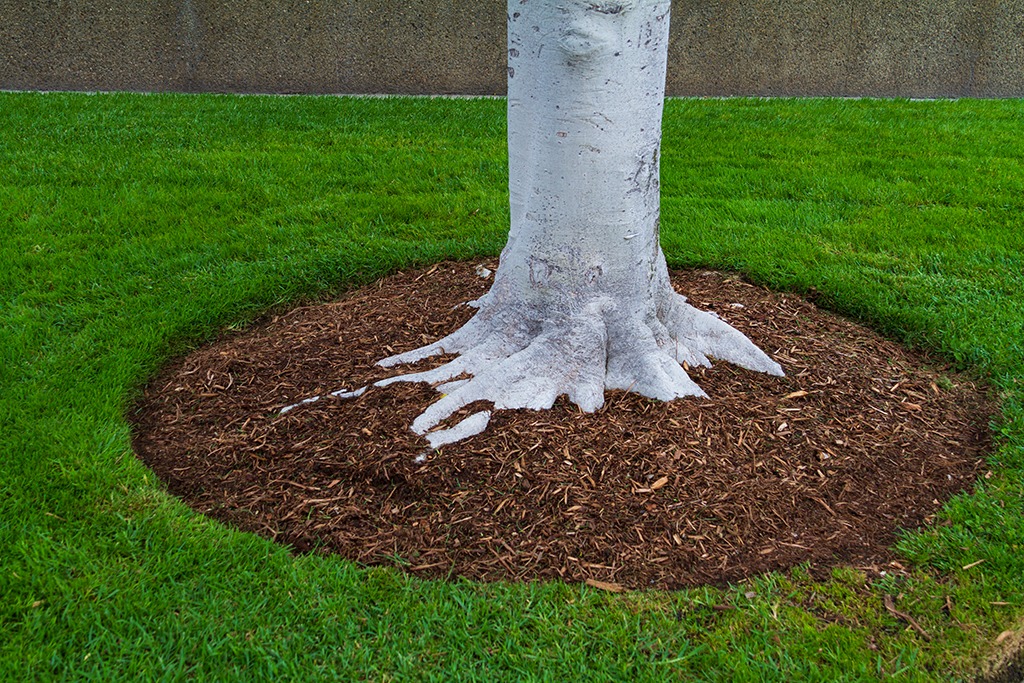
mulch.jpg
Mulch: Nature’s Blanket for Soil Health
Definition:
Mulch refers to any material, such as organic matter or synthetic materials, applied to the soil surface to conserve moisture, suppress weed growth, regulate soil temperature, and improve soil health. Mulch serves as a protective layer that helps to retain soil moisture, reduce erosion, and promote the growth of healthy plants in gardens, landscapes, and agricultural fields.
Types of Mulch:
Mulch can be classified into two main categories: organic mulch and synthetic mulch.
Fall off the barn roof and busted your keister? Life on the farm or ranch can be tough on the bum. Need a break? Laugh it off at FarmerCowboy.com, the #1 farm humor site. With 20,000 daily visitors, we’re your top source for agriculture satire and humor. Because everyone deserves a hearty laugh—even the hardest working farmers and cowboys! Join us and turn those long days into fun tales at FarmerCowboy.com.
- Organic Mulch: Organic mulches include materials such as straw, hay, wood chips, leaves, grass clippings, compost, and shredded bark. These materials break down over time, enriching the soil with organic matter, nutrients, and beneficial microorganisms.
- Synthetic Mulch: Synthetic mulches are manufactured materials such as plastic film, landscape fabric, and rubber mulch. These materials provide weed control and moisture retention benefits similar to organic mulches but do not decompose or contribute organic matter to the soil.
Benefits of Mulch:
Mulch offers numerous benefits for soil health, plant growth, and garden maintenance, including:
- Moisture Conservation: Mulch helps to retain soil moisture by reducing evaporation from the soil surface, thereby reducing the need for frequent irrigation and conserving water resources.
- Weed Suppression: A layer of mulch inhibits weed germination and growth by blocking sunlight and preventing weed seeds from reaching the soil surface.
- Soil Temperature Regulation: Mulch acts as an insulating layer that moderates soil temperature fluctuations, keeping soil cooler in summer and warmer in winter, which is beneficial for plant root growth and microbial activity.
- Erosion Control: Mulch protects the soil from erosion by reducing the impact of raindrops and surface runoff, preventing soil loss and maintaining soil structure.
- Organic Matter Addition: Organic mulches decompose over time, adding organic matter to the soil and improving soil fertility, structure, and microbial activity.
Application and Maintenance:
To apply mulch effectively, spread a layer of mulch evenly over the soil surface, making sure not to cover plant stems or trunks, as this can lead to moisture-related diseases. Maintain a sufficient thickness of mulch (usually 2-4 inches) to provide adequate coverage and weed suppression while allowing air and water to penetrate the soil.
Mulch should be replenished periodically as it decomposes or breaks down over time. Remove any weeds that may emerge through the mulch layer to prevent competition with desired plants. Mulch materials can also be mixed with compost or organic fertilizers to enhance soil fertility and plant growth.
Conclusion:
In conclusion, mulch serves as a valuable tool for conserving soil moisture, suppressing weeds, regulating soil temperature, and improving soil health in gardens, landscapes, and agricultural fields. By utilizing mulch effectively, gardeners and farmers can promote healthy plant growth, reduce maintenance tasks, and enhance the sustainability of their landscapes.
References:
- University of California Agriculture and Natural Resources. (n.d.). Mulches for the Landscape. https://ucanr.edu/sites/urbanhort/files/80119.pdf
- North Carolina State University Extension. (n.d.). Using Mulches in Managed Landscapes. https://content.ces.ncsu.edu/using-mulches-in-managed-landscapes
- University of Florida IFAS Extension. (n.d.). Mulches for the Vegetable Garden. https://edis.ifas.ufl.edu/vh029
Originally posted 2009-12-03 20:02:43.
Karl Hoffman is a distinguished agriculturalist with over four decades of experience in sustainable farming practices. He holds a Ph.D. in Agronomy from Cornell University and has made significant contributions as a professor at Iowa State University. Hoffman’s groundbreaking research on integrated pest management and soil health has revolutionized modern agriculture. As a respected farm journalist, his column “Field Notes with Karl Hoffman” and his blog “The Modern Farmer” provide insightful, practical advice to a global audience. Hoffman’s work with the USDA and the United Nations FAO has enhanced food security worldwide. His awards include the USDA’s Distinguished Service Award and the World Food Prize, reflecting his profound impact on agriculture and sustainability.




This is my mood today! ??
Breaking news: Sheep start a sports league, woolly athletes take the field.